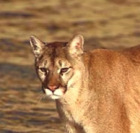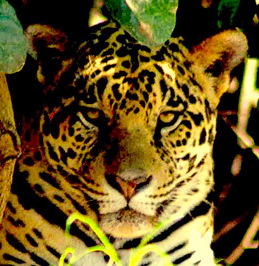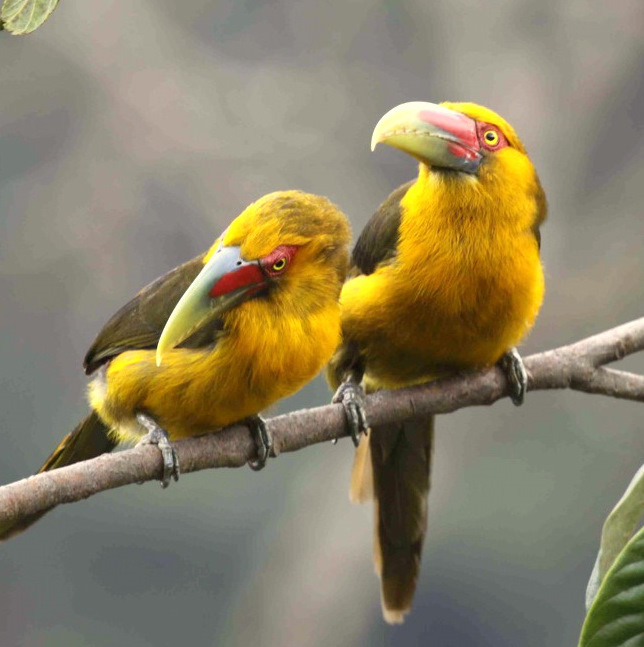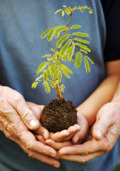YUNGAS AND HIGH ANDES: Cloud Forests, Ancient Cultures & Rare Birds
The amazing beauty, richness of the flora and fauna surprise nearly all who visit this region, and incredible differences between the various habitats visited. These factors make this one of our most popular tours in the country. The dry painted deserts of Salta, Jujuy and the road north to the town of Humahuaca give way to fields of golden puna grasslands, which in turn gives way to the altiplano with its saline lakes hosting three species of flamingo. South and west of Jujuy, above 4,000 feet, the Yungas subtropical cloud and rainforests dominate with their exuberant vegetation and rich avifauna. In the mountain passes above the forest line, the transition zone, puna and paramo habitats reign.
In the small towns of Tilcara and Humahuaca, one can purchase intricate woodcarvings and striking ceramic masks from the indigenous people of the desert. Quechua Indians dominate the towns in the Yungas, adding to the cultural experience of a visit to the region.
The great variety of birds is what draws most tourists to the region, although the scenery and cultures alone would draw equally as many if not more if they were better known. Rare, local and recently described birds include the Slaty Elaenia, Ringed Teal, Montane Forest Screech-Owl, Black-capped Antwren, the very rare Red-faced Guan, Green-cheeked Parakeet, Rufous-throated Dipper, Alder and Burrowing Parrots, Puna and Ornate Tinamous, Puna Rhea, Giant Coot, the elusive Sandy Gallito, Tucuman Mountain-Finch, Scribble-tailed Canestero, and others. Some of the more common birds, including the incomparable Red-tailed Comet and Yellow-collared Macaw, are equally if not more impressive as they fly across the Andean scenery.
We'll also keep an eye out for Vicuna, a South American member of the Camel family. While an endangered species, it is common in some of the areas we visit in the region, and you should see a couple of small groups near the road.
Rich subtropical rain forests, rugged canyons, fields of golden grasses, painted desert mountains and saline lakes in the altiplano make this a fascinating trip for anyone. We recommend 9 days in the region.









